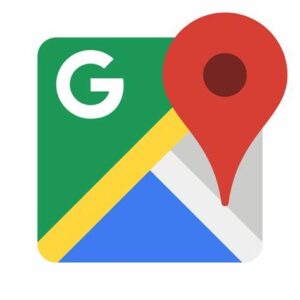A striking connection may be drawn between Google Maps’ iconography and ancient Mayan pictographs, with an emphasis on how both systems employ symbols to communicate information.
Google Maps uses several symbols to represent locations, services, and activities. For example: Navigation Arrow: Shows the user’s current path or direction. Restaurant Icon: Identifies eating options.
The Mayan culture used pictographs and glyphs to express language, sounds, and concepts. For example: Mountain Glyph: Depicts a mountain or hill. Food Glyph: Denotes food or sustenance.
For doing the comparison, the communication part is specific information is communicated via symbols in both systems. Whereas Mayan pictographs capture intricate concepts and stories, Google Maps symbols offer instantaneous, intuitive comprehension of places and services.
The learning curve is low since Google Maps symbols are made to be quickly recognized. The cultural and linguistic background, on the other hand, is necessary to comprehend Mayan pictographs.
For metaphors is Google Maps images are instantly relevant since they frequently use real-world metaphors (such as a fork and knife for eateries). On the other hand, Mayan pictographs can be more abstract, depicting ideas that might not have clear contemporary counterparts.

